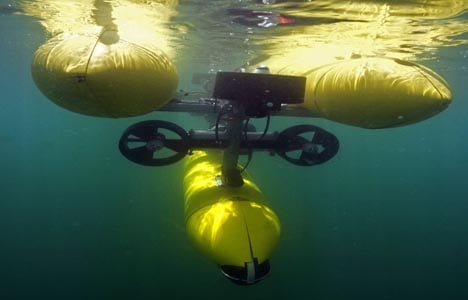"I would like to take this opportunity to formally announce my retirement from playing rugby," Wilkinson 34-year-old said in a statement.
"I have an enormous number of people to thank for their support from all around the world but especially here in France and in England," Wilkinson said,
"This however is not at all the time to be concentrating on this as I would like to focus all my attention and energy on the team and these final two games of the season," Wilkinson said.
On Szturday Wilinson scored 11 points to help guide his Toulon team into the final of the Top 14 final, where they will play Castres.
On May 24th Wilkinson and his side will line up against English side Saracens in the European Cup Final in Cardiff.
The fly-half, most famous for winning the 2003 World Cup for England with an extra-time drop goal against Australia, only ever played for two clubs during his career, joining big-spending Toulon from Newcastle in 2009.
He played an integral part in Toulon's rise to the pinnacle of French rugby, but at 34 years old his retirement at the end of the season had been widely expected.
Wilkinson won 91 caps for England, and played in a second World Cup final in 2007 when they were beaten 15-6 by South Africa, scoring a total of 1,246 points, second only in the world to All Black Dan Carter.
He was part of four Six Nations title wins for England with the peak being a Grand Slam in 2003, the same year England won the World Cup 20-17 in Sydney.
He also won six caps for the British and Irish Lions, but retired from international rugby in December 2011 to concentrate on playing for Toulon.
Wilkinson's distintive kicking style brought him great success and set a new benchmark in rugby which subsequently has been followed by a new generation of place-kickers.



 Please whitelist us to continue reading.
Please whitelist us to continue reading.
Member comments